(USMLE topics, reproductive system) This video is available for instant download licensing here: https://www.alilamedicalmedia.com/-/galleries/all-animations/female-reproductive-system-videos/-/medias/73349844-d3cc-11e3-b500-f2b86e40979d-the-menstrual-cycle-narrated-video ©Alila Medical Media. All rights reserved. Support us on Patreon and get FREE downloads and other great rewards: patreon.com/AlilaMedicalMedia Understanding the menstrual cycle. The menstrual cycle is a term used to describe monthly events that occur within a woman’s body in preparation for the possibility of pregnancy. Each month, an egg is released from an ovary in a process called ovulation. At the same time, the lining of the uterus thickens, ready for pregnancy. If fertilization does not take place, the lining of the uterus is shed in menstrual bleeding and the cycle starts over. An ovary contains hundreds of thousands of primary oocytes – immature eggs, or ova. Each of these is enclosed in a structure called a follicle, and at this stage — a primordial follicle. The menstrual cycle is under control of hormones secreted by the pituitary gland and the ovaries. The pituitary itself is under control of the hypothalamus. The hypothalamus produces a hormone called the gonadotropin-releasing hormone or GnRH. GnRH stimulates the anterior lobe of the pituitary to secrete follicle-stimulating hormone (FSH). FSH travels in the bloodstream to the ovaries and stimulates a group of follicles to grow. These primordial follicles develop into primary follicles and then secondary follicles. These produce a hormone named estrogen which acts to stimulate the growth of the endometrium — the inner lining of the uterus. The secondary follicles compete with each other and only one of them will survive and become a mature follicle, the rest atrophy and die. The increasing level of estrogen also acts on the hypothalamus and the anterior pituitary to increase the level of GnRH and induce the production of another hormone — luteinizing hormone (LH). A surge in LH secretion triggers ovulation – the release of the egg from the follicle and the ovary. The egg is then swept up by the fimbriae (FIM-bree-ee) and taken into the uterine tube. Fertilization by a spermatozoon, when it occurs, usually takes place in the ampulla, the widest section of the fallopian tube. The fertilized egg immediately begins the process of development while travelling toward the uterus. After 6 days it becomes a blastocyst and is implanted into the endometrium of the uterus. Meanwhile, the left-over of the ruptured follicle has become a corpus luteum which secretes progesterone. Progesterone further stimulates uterine development making it a nutritious bed for the embryo in the event of pregnancy. In the absence of pregnancy, the corpus luteum atrophies and progesterone level falls. This leads to the breakdown of the endometrium, menstruation begins and the cycle starts over. All images/videos by Alila Medical Media are for information purposes ONLY and are NOT intended to replace professional medical advice, diagnosis or treatment. Always seek the advice of a qualified healthcare provider with any questions you may have regarding a medical condition.
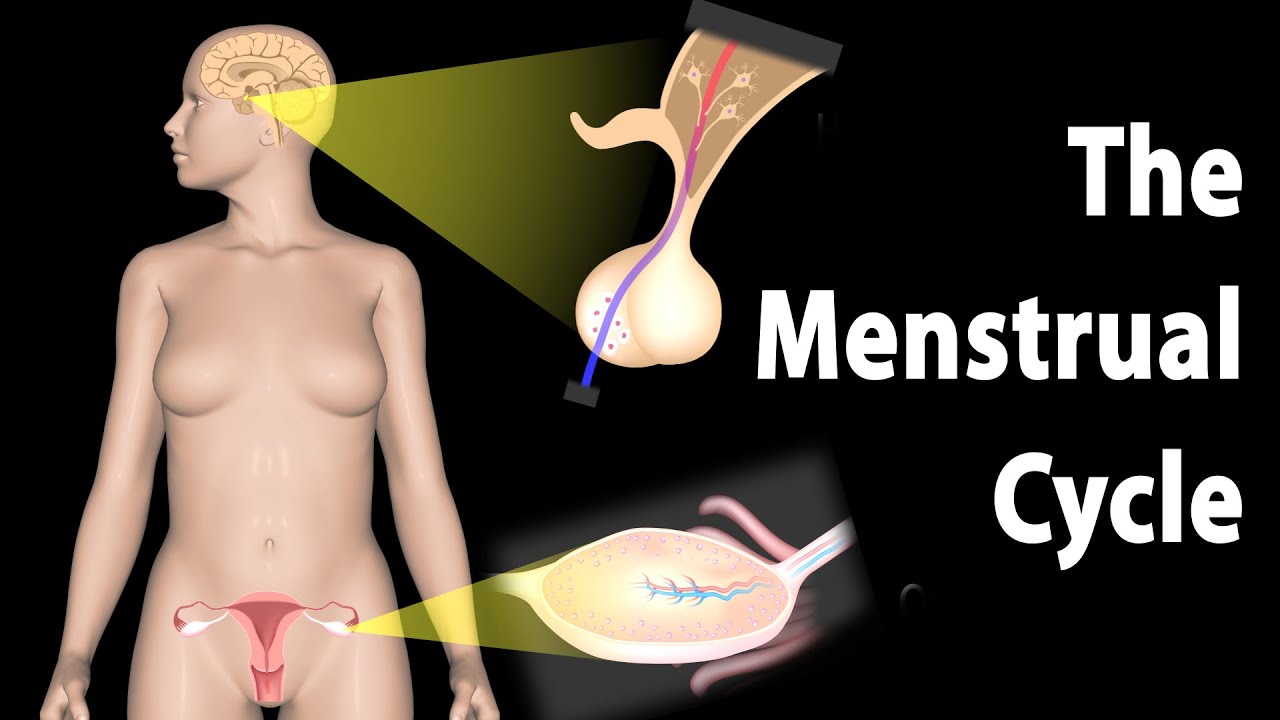
Hormonal Control of the Menstrual Cycle, Animation.
- Post author:
- Post published:May 6, 2021
- Post comments:0 Comments
You Might Also Like
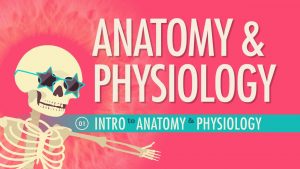
Introduction to Anatomy & Physiology: Crash Course A&P #1
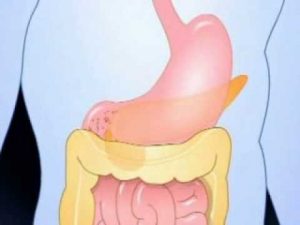
Diabetes Basics: What Is Diabetes?

Brandon Williams Uses 150lb Dumbbells for Chest Press

Dementia Video – 3
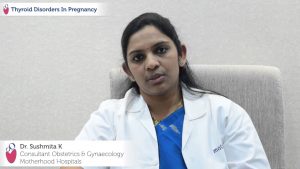
Dr Sushmita on Thyroid disorders during pregnancy
Pharmacology

Best Foods to Cure Yeast Infection | Healthy Recipes

Dumbbell One Arm Overhead Tricep Extension Technique

What To Eat Before And After Your Workout To Maximize Fat Loss – With Thomas DeLauer

Top 3 Triceps Exercises with 1 Dumbbell! (Subscribers Request)
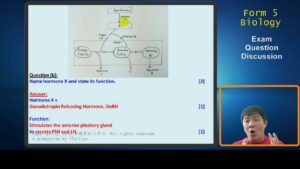
Function of Gonadotropin Releasing Hormone

What can cause headache and diarrhea ? | Top Health FAQ Channel
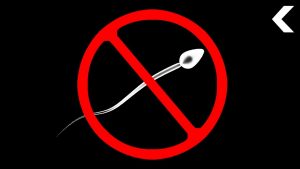
Yes, Sperm Counts Are Plummeting… And Scientists Are Worried

Complete 20 Min ABS Workout – Gym Body Motivation
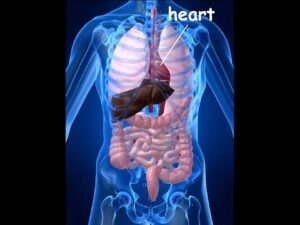
INTERNAL ORGANS
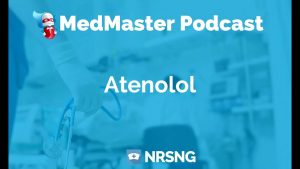
Atenolol Nursing Considerations, Side Effects, and Mechanism of Action Pharmacology for Nurses

What to Eat before Bed to Build Muscle | Bodybuilding Diet
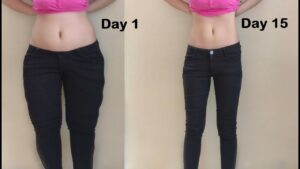
Lose Thigh Fat in 2 weeks – Easy thigh exercise & workout to get slim legs

3D Animation of Internal Organs
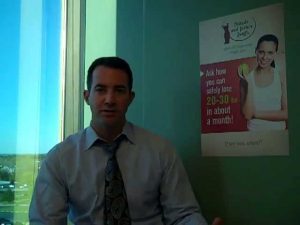
What is BMR and how does it effect my HCG diet?
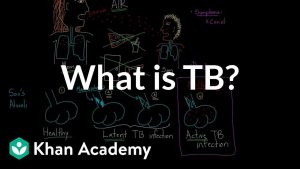
What is TB? | Infectious diseases | NCLEX-RN | Khan Academy
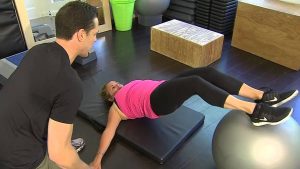
How to reduce menopause symptoms

How to do Cable Bent Over Triceps Extensions? #91
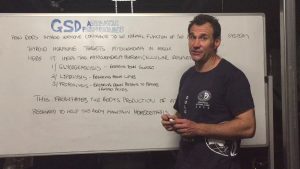
Thyroid hormone and ATP

5 min Warm Up for Stretching and Workouts
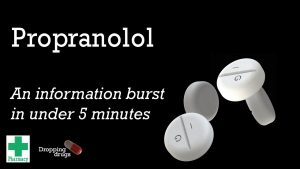
Propranolol information burst

3 BEST times to eat carbs for increased fat burning…

Anabolic Steroids – History, Definition, Use & Abuse Video – 41

Massage Spa Video – 1

Seated Row-9
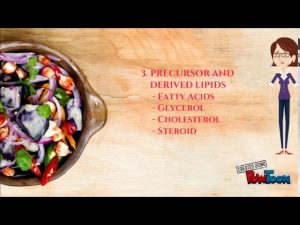
SIMPLE LIPIDS NOTE

Are shrugs the best exercise to develop your Upper Traps / Trapezius? Here’s some great alternatives

What is Metabolism?

Bodybuilding Nutrition, Diet Recipes & Workout – 43

Most Important Supplement Category (OVERLOOKED!)

Overhead Triceps Single Hand Extension | Moderate Weight Is Best Weight #shorts #YoFitnessShorts

Heart Disease | Health | Biology | FuseSchool

Bodybuilding Tip Importance of Water & Staying Hydrated When Trying To Build Muscle @hodgetwins
Upper Back Exercises Latissmus Dorsi

Squats and wild Clarence0

HGH, Growth Hormones & Plant Hormones Video – 50

